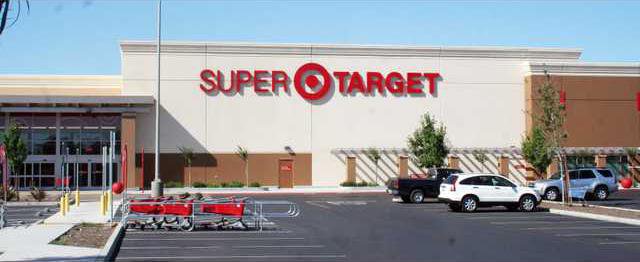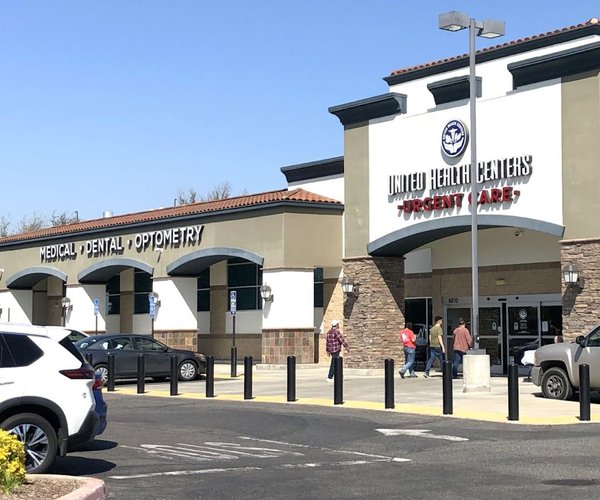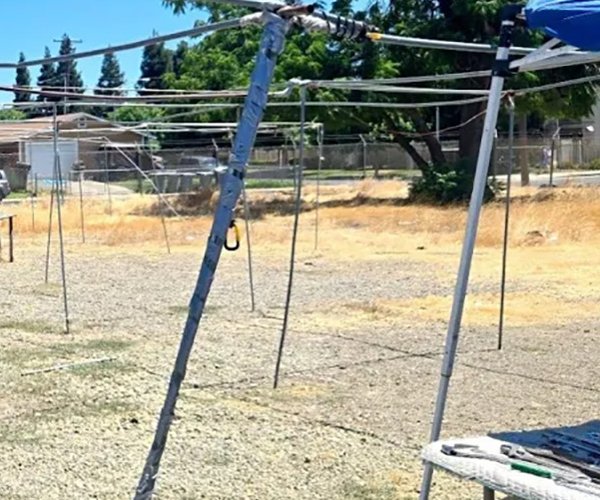Back in 2004, when the Turlock City Council decided to take on Wal-Mart, it was seen as a David vs. Goliath fight.
The push to ban big box stores and the subsequent court battles garnered national headlines and when Turlock emerged victorious, it set new precedents that other towns took up and was hailed as a win for the “little guy.” But now that the economy has gone sour and cities are desperately seeking new avenues of revenue and employment, at least one Turlock City Council member thinks the time has to come to reconsider the ban that bars big box stores from blooming up in Turlock’s fields.
City Council member Ted Howze has requested an item be added to the council agenda that will take up the question again of whether or not Turlock should allow big box stores.
“I don’t think there was an honest discussion at the time about the ban and they never should have done it without going to the community,” Howze said.
The big box store debate was a contentious issue both in and out of the city, with just as many voicing their support for the ban as there was of those rallying against it.
In 2004, the then City Council passed a “big box” ordinance that prohibited any retail stores of more than 100,000 square feet from allocating more than 5 percent of the floor space to non-taxable merchandise, such as groceries. While not outright targeting Wal-Mart, the ordinance put a halt to the retailer’s plans of constructing a Super Center on Countryside Drive, between Fulkerth Road and Monte Vista Avenue.
In the wake of that ordinance, Wal-Mart filed a lawsuit against the city claiming they had been wrongfully barred from building their project. Over the next two years the two sides waged battle via court proceedings and appeals. Eventually in 2006, the retail giant gave up the fight, opting not to appeal a judgment from a federal court.
Turlock’s legal victory set up a new precedent that other communities used to keep out big box stores. It was also celebrated by family-run grocers who had voiced worries that the Super Center would price out “Mom and Pop” operations. However, in the wake of the economic downturn, what was once seen as a victory by some, is now looking like a missed opportunity to others.
“I have heard from a lot of people in the community who are for a big box store, especially now with the economy” Howze said. “We need the sales tax dollars and the good entry-level jobs. It’s a crying shame that our citizens are driving out of town to do their shopping and we are losing those tax dollars.”
Howze, who was on the planning commission that recommended the city pursue the big box ordinance, said the commission was sold a bill of goods that was based on faulty arguments, largely that big box stores would have a negative impact on traffic.
“As for the contention that big box stores cause more driving, congestion and pollution, there is likely to be more traffic, pollution, and parking problems from people making repeated stops at smaller stores.
“The real reason for pushing for the ordinance wasn’t being driven by traffic like we were told,” Howze said. “It was about the City Council policing competition.”
“Big box stores do threaten their competitors, but only because they provide what consumers want more efficiently and at lower prices,” he said. “It is clear to me that it is not the role of government to infringe on private enterprise or limit competition, which reduces consumers’ freedom of choice.
“No one is forced to shop a big box stores,” he continued. “Anyone who believes big box stores are bad can choose to shop elsewhere.”
If the ordinance were to be repealed, it could open up a new wave of construction around town, but it would have to come with a caveat Howze said. Any retailer who opts to build a bigger space and close their smaller location, would have to bear the costs of demolishing the old property if it did not sell within a certain time frame.
The issue of the big box ordinance has not been agendized as of yet, but should be showing up within the next few weeks.
To contact Sabra Stafford, e-mail sstafford@turlockjournal.com or call 634-9141 ext. 2002.






